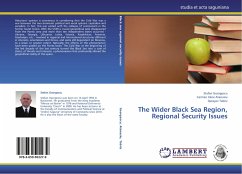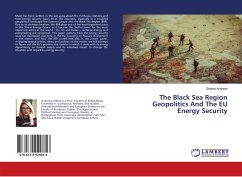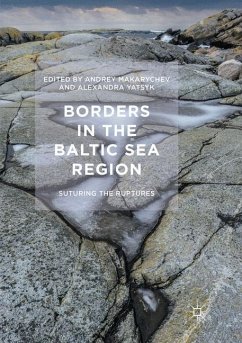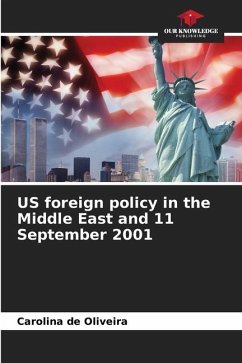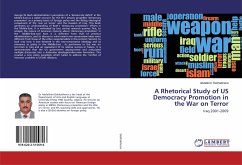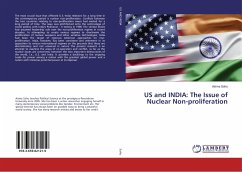
US Foreign and Security Policy in The Red Sea
Versandkostenfrei!
Versandfertig in 6-10 Tagen
32,99 €
inkl. MwSt.

PAYBACK Punkte
16 °P sammeln!
This book includes one of the most informative and analytical studies that deals with a very contentious and frenzied region in the Middle East, the Red Re Sea Region which is a vitally important area for the U.S. This region is a argumentative point between the U.S. Iran, Gulf States and Israel. Hence, this study provides an insight into the future of the Red Sea Region and its importance for the U.S and the entire world.Two of the most important oil chokepoints in the world are located in the Red Sea. Much of the oil exported from the Arabin Gulf countries passes through at least one of thre...
This book includes one of the most informative and analytical studies that deals with a very contentious and frenzied region in the Middle East, the Red Re Sea Region which is a vitally important area for the U.S. This region is a argumentative point between the U.S. Iran, Gulf States and Israel. Hence, this study provides an insight into the future of the Red Sea Region and its importance for the U.S and the entire world.Two of the most important oil chokepoints in the world are located in the Red Sea. Much of the oil exported from the Arabin Gulf countries passes through at least one of three chokepoints: the Strait of Hormuz, the Suez Canal and the Bab al-Mandab strait.The events following 9/11 have had a major influence on the U.S. policy in the Red Sea because of two main factors. Firstly, the infiltration of al-Qaeda from Afghanistinto the Red Sea region and secondly, al-Qaeda's new strategy of targeting oil and its passages in the south of the Red Sea ( Bab al-Mandab). These two factors have made the Red Sea a central focus of U.S. policy.



